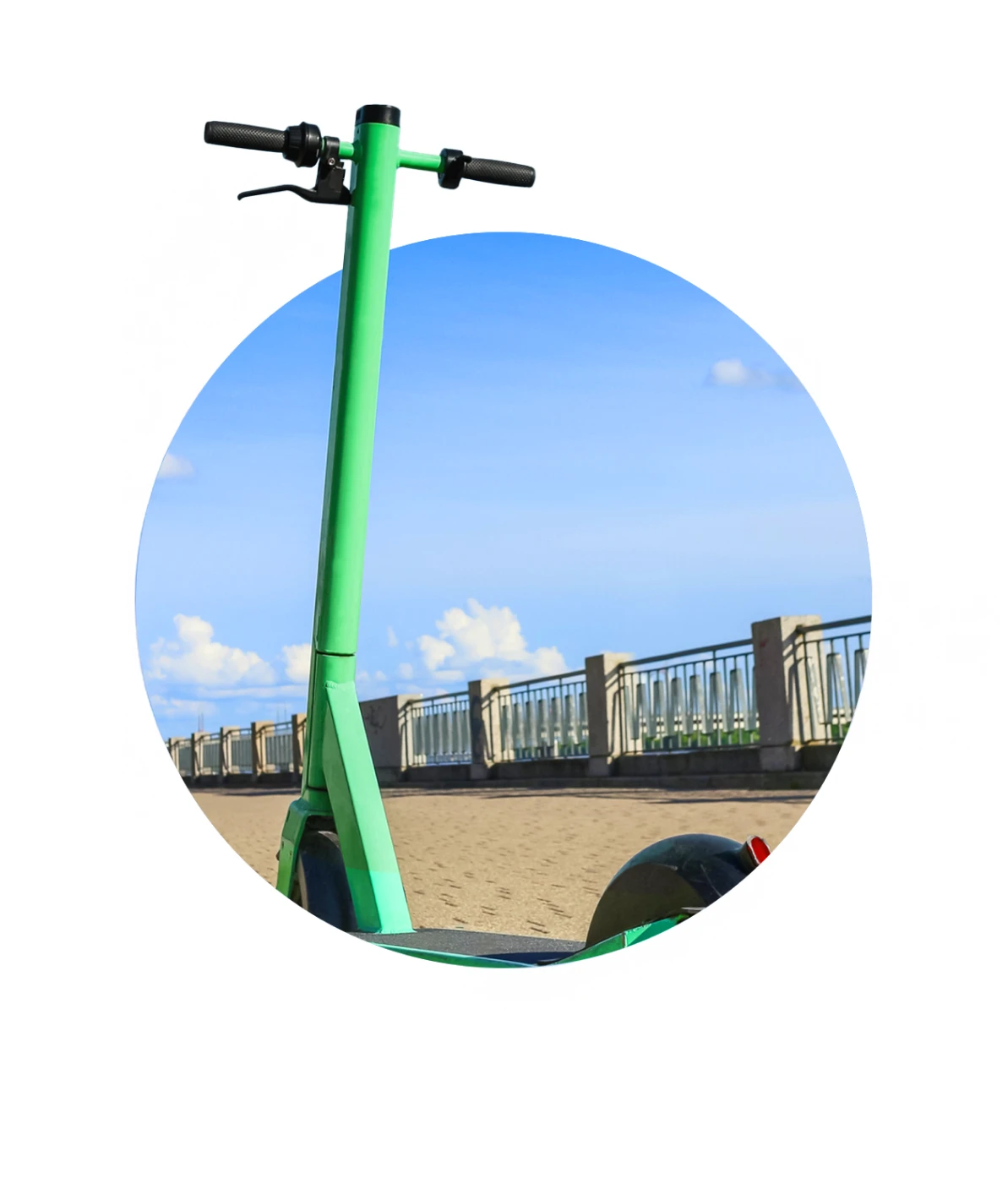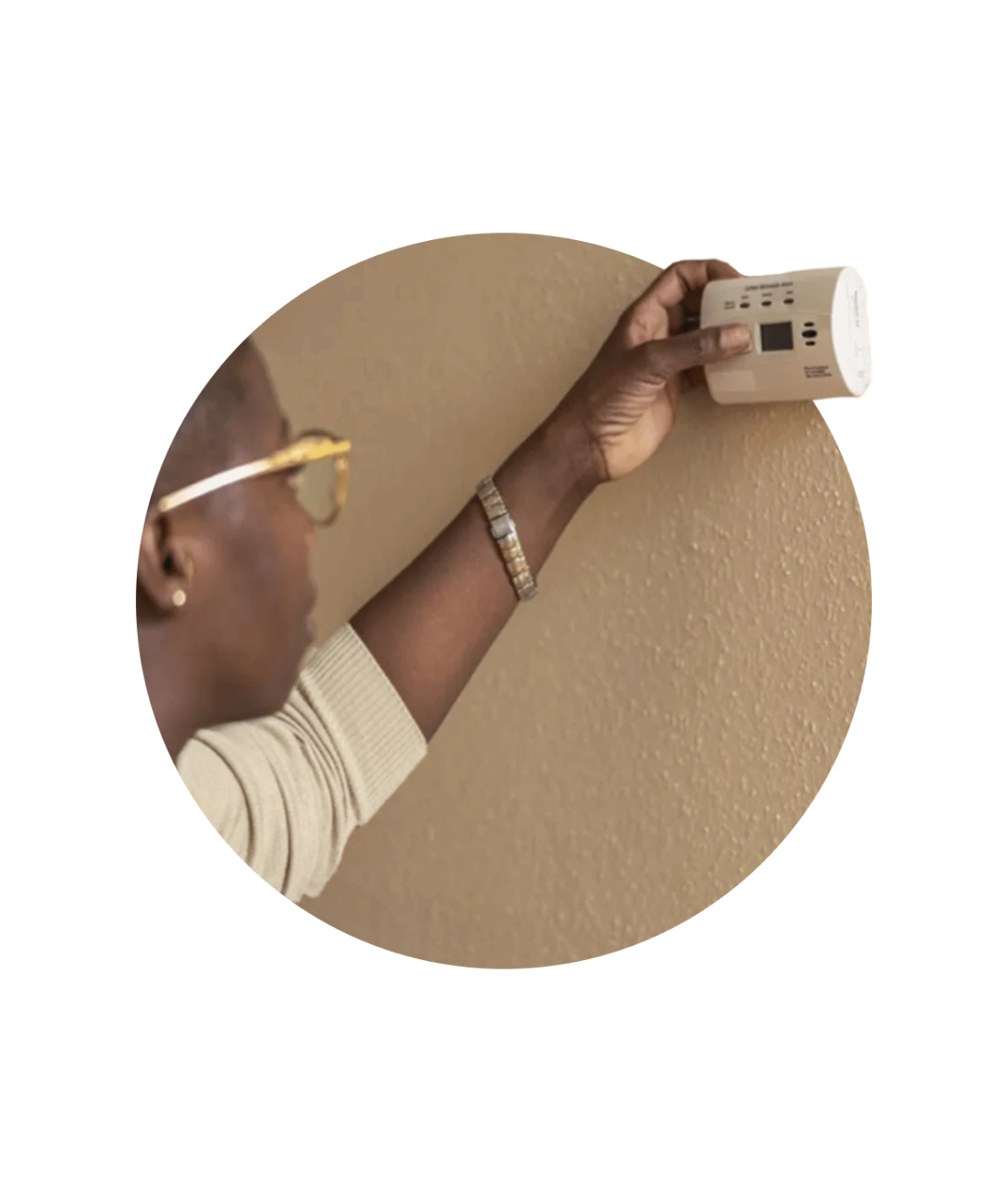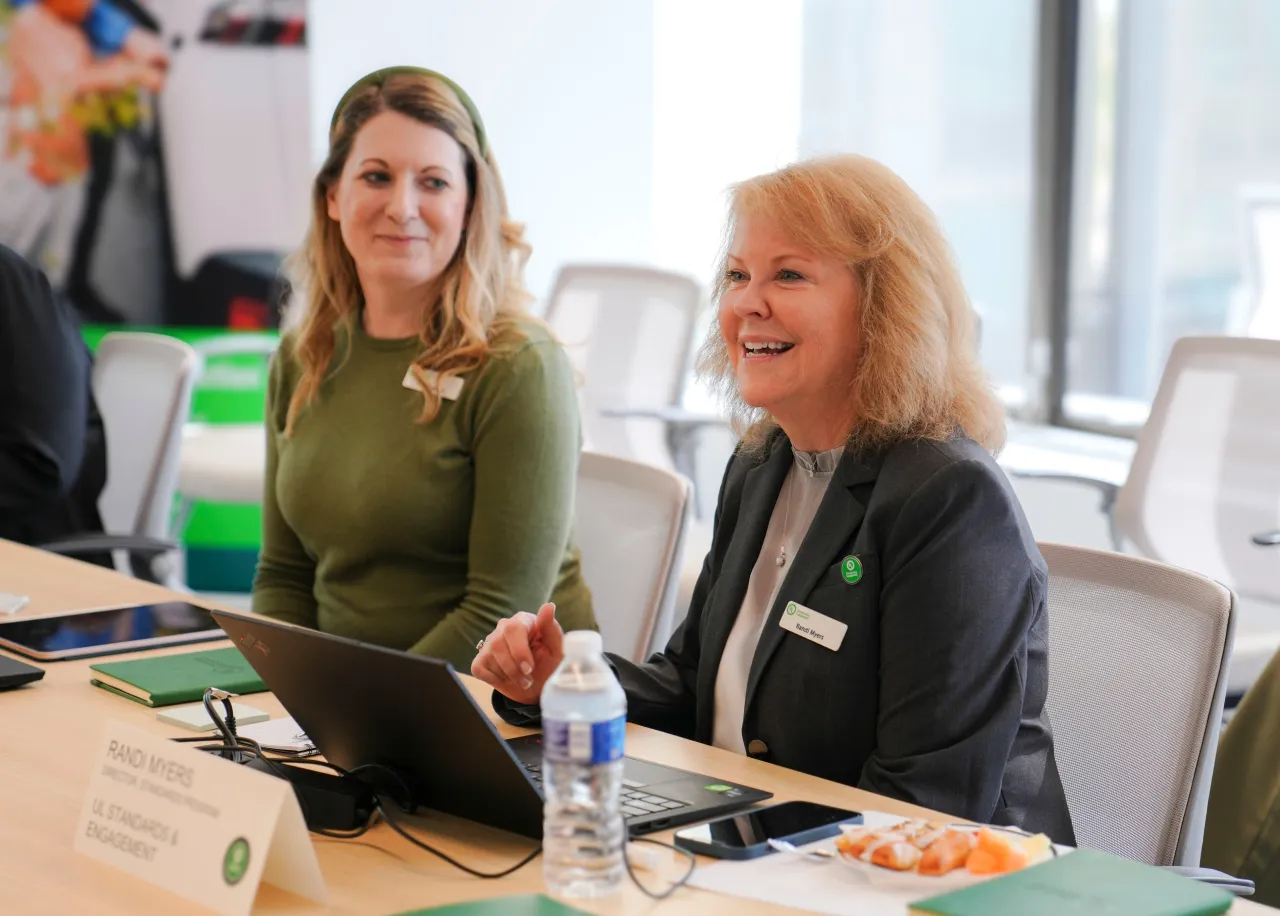
Safety Standards
Setting a high bar for products, services, and systems — and constantly reevaluating it to promote the safest outcomes. Learn more about the latest standards and how they are developed.
A Safety Standards Ecosystem Designed for Impact
A standard is like an instruction manual — put together by experts from manufacturers, government, academia, and more — for the testing and evaluation that makes your products, services, and systems safer.
While you may not see it, our impact touches many of the products you use every day — from toasters to batteries and refrigerators to smoke alarms.
The world is changing. So are the risks. And through our standards, we are shaping a future that is safer for you.

Diverse Stakeholder Input
Our standards and safety advocacy programs draw upon expertise from a wide range of experts to protect as many people as possible.
120+ Year Legacy of Excellence
We’ve remained committed to public safety and innovation since our first standard for tin-clad fire doors was published in 1903.
A Consensus-Based Approach
Our deep bench of experts across industries ensures a 360-degree view of safer products, services, and systems. In order to publish a new or updated standard, we seek the collective input, debate, and vote of our diverse technical committees.
Identifying Emerging Threats
Our team tracks emerging trends in safety, security, and sustainability to update and introduce standards.
Safety Science in Action
Safety standards outline the process for a product or service to be tested and evaluated to promote greater safety and sustainability.
View the story below to learn how our standards are formed and how we are helping make the world safer for you.
Meaningful Change to Protect Children: Reese’s Law
Thousands of battery ingestion accidents send children to the ER each year. One of these incidents claimed the life of 18-month-old Reese Hamsmith, and through her mother’s tireless advocacy, Reese’s Law was passed, requiring UL 4200A compliance in products containing button or coin cell batteries.
Together with parents, industry experts, safety advocates, and government, we worked to ensure fewer families experience similar heartbreak.

Ushering in Safer E-mobility Laws & Standards
The e-mobility market has grown dramatically, supporting workers in the gig economy and helping cities meet sustainability goals. Too often, these benefits come at the cost of traveler safety — a tradeoff New York legislators and UL Standards & Engagement would not accept.
UL Standards & Engagement and New York City legislators set out to improve the safety of e-mobility devices while educating consumers against fires. What started as an effort to reduce injuries and deaths from e-mobility devices in the most populous city in the US is now a budding story of e-mobility safety throughout the country. Learn more about this work and how it is spurring e-mobility safety reform throughout the country.

Faces of Carbon Monoxide: Alarm Saves Georgia Family
Carbon monoxide is a severe public health threat, claiming hundreds of lives and hospitalizing more than 100,000 people in the US each year. But, thanks to carbon monoxide sensor standards, this Georgia family was not among them.
Following a series of strong storms resulting in power outages, the Pekez family’s generator kicked in. But they didn’t know that the generator was flooding their home with poisonous carbon monoxide. Continue reading for details on their experience and how to prevent similar incidents in your home.

Understanding the Standards Development Process
The standards development process begins with a proposal and culminates in publication, but there are many stages and collaborators in between. Get to know our standards development process with this guided overview.
Anyone can submit a request through our online Collaborative Standards Development System, CSDS. Through this platform, stakeholders submit a proposal for a new standard or to amend an existing one.
Preliminary review is an informal mechanism that provides authors with the opportunity to refine their proposals before they advance to the next stage. While optional, this 14-day stage is often used to gauge technical committee (TC) support.
TC members vote to approve or reject, (or may abstain from voting on) a proposal and provide comments. Stakeholders may provide input via comments, but they cannot vote. TC consensus will be determined during this 1–2-month stage.
If a standard receives negative votes or comments, it enters the recirculation stage. At this point, TC members can reconsider their vote based on responses to comments and changes made to the proposal.
Once any recirculation phase(s) are completed and consensus is achieved, the new or revised standard will be published. At this point it will be distributed via ShopULStandards.com and amplified through community and policy engagements.
Frequently Asked Questions
Still have questions? Get answers to common questions about UL Standards & Engagement, our standards, and how they improve safety around the world.

most commonly asked
Why are standards important?
Standards are important because they provide a safe foundation for innovation, helping to address and mitigate risks of injury while guiding the safety and sustainability of new and evolving technologies.
Standards provide access to safe products and assurance that products are designed and constructed according to rigorous safety requirements. When a product conforms to a UL standard, buyers are assured that it has been designed and tested to withstand demanding, normal-use conditions without presenting a risk of danger or injury.
What is a UL standard?
A UL standard is a published set of best practices for testing and evaluating the safety, security, and sustainability of a product or system. Our standards are developed through an accredited process involving experts across industries and interests.
Products conforming to UL standards have been tested to help ensure quality and consistency in their materials, construction, manufacture, testing, installation, performance, and use.
What does UL stand for?
UL stands for Underwriters Laboratories, which was the original name of our organization when it was founded in 1894. Throughout the 20th century and beyond, Underwriters Laboratories helped to advance innovation through safety science research, standards development, and product safety testing.
In 2022, UL launched three independent organizations to each work exclusively on one of the three focus areas mentioned above. UL Standards & Engagement develops safety standards that impact public safety around the world, UL Research Institutes conducts independent research into ongoing and emerging human safety risks, and UL Solutions delivers testing, inspection, and certification services that support product innovation and business growth.
Are standards mandatory and legally binding?
Standards are voluntary but can become mandatory and legally binding if referenced in adopted code, written into law, or required by a government agency like the U.S. Consumer Product Safety Commission. Several UL Standards have become mandatory in various jurisdictions by the means listed above.
Where can I view UL Standards?
At ShopULstandards.com, you can browse our entire catalog of 1,700+ standards and other documents and purchase digital or printed copies.
Additionally, the site’s Digital View functionality provides free view-only access to nearly the entire library with site registration.
How are products tested to UL standards?
UL standards are open to testing by any nationally recognized testing laboratory — examples include UL Solutions, Intertek, CSA, and others.
How is ULSE working to make standards accessible and gender-responsive?
In August 2022, UL Standards & Engagement signed the UNECE Declaration for Gender-Responsive Standards, committing to gender balance, representation, and inclusion in its standards development. ULSE is implementing a gender action plan to promote equality through standardization. ULSE aims to develop gender-responsive standards that consider diverse body characteristics and is dedicated to educating on the importance of gender in standards development.
ULSE is also committed to raising awareness about the importance of accessibility in standards, conducting focus groups with people with disabilities to address safety needs, and partnering with other organizations to collaborate on accessibility in standards development.
Featured Standards
New and evolving technologies call for new and evolving standards. Explore our latest standards, updates to existing standards, and preview upcoming standards.
Our catalog includes more than 1,700 safety standards and documents that are regularly updated and added to. Click below to keep exploring how our standards are making the world safer for you.
Help Us Develop Standards
Thorough, comprehensive standards are made possible by diverse voices and deep collaboration. Take part in the process by reviewing options for participation to inform the next generation of standards.

Technical Committees
Each TC is a diverse group of experts representing a broad range of perspectives and interests, including consumers, manufacturers, regulators, supply chain professionals, and more.
As a TC member, you will review proposals for new or revised standards and work collaboratively to achieve consensus through balloting in our transparent process.

Stakeholders
Stakeholders can submit, review, and comment on proposals for new standards or revisions to existing standards. While these individuals cannot vote, the TC considers their input during the standards voting process. Since standards affect everyone, all are welcome to participate as stakeholders. Register online through our Collaborative Standards Development System, CSDS.